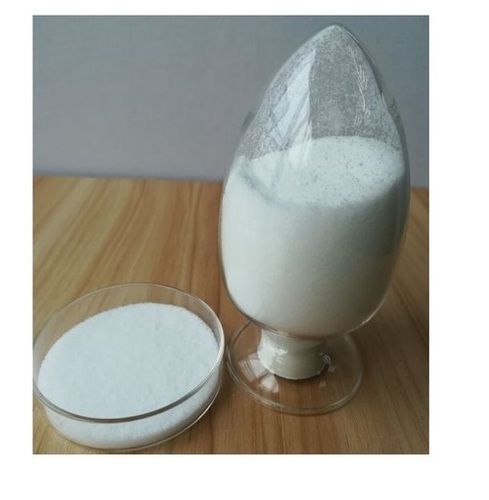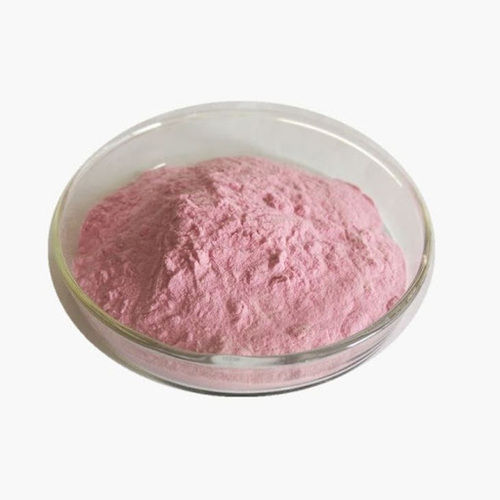Glipizide pharmaceutical raw material
Product Details:
Glipizide pharmaceutical raw material Price And Quantity
- INR
- 1 kg Kilograms
Glipizide pharmaceutical raw material Trade Information
- mumbai
- 100 Kilograms kg Per Day
- 1 Week
- Contact us for information regarding our sample policy
- All India
Product Description
CAS number: 29094-61-9
Chemical Formula: C21H27N5O4S
For use as an adjunct to diet for the control of hyperglycemia and its associated symptomatology in patients with non-insulin-dependent diabetes mellitus (NIDDM; type II), formerly known as maturity-onset diabetes, after an adequate trial of dietary therapy has proved unsatisfactory.
Glipizide, a second-generation sulfonylurea, is used with diet to lower blood glucose in patients with diabetes mellitus type II. The primary mode of action of glipizide in experimental animals appears to be the stimulation of insulin secretion from the beta cells of pancreatic islet tissue and is thus dependent on functioning beta cells in the pancreatic islets. In humans glipizide appears to lower the blood glucose acutely by stimulating the release of insulin from the pancreas, an effect dependent upon functioning beta cells in the pancreatic islets. In man, stimulation of insulin secretion by glipizide in response to a meal is undoubtedly of major importance. Fasting insulin levels are not elevated even on long-term glipizide administration, but the postprandial insulin response continues to be enhanced after at least 6 months of treatment. Some patients fail to respond initially, or gradually lose their responsiveness to sulfonylurea drugs, including glipizide.

Price:
- 50
- 100
- 200
- 250
- 500
- 1000+











 Call Me Free
Call Me Free
